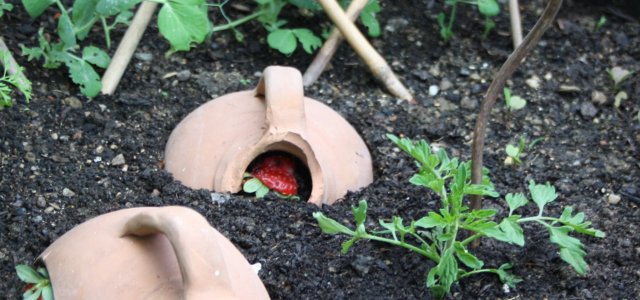
To build a snail trap yourself, you do not need much. We’ll show you how to protect your plants from slug damage with simple tools.
Snail traps help the diligent gardener in the fight against feeding damage from snails. There are several ways to catch slugs alive:
- Use natural points of attraction: Create places where snails hide during the day. Periodically collect the slugs and move them away from your garden. This is an inexpensive and very effective measure.
- Live traps for snails: You can buy special traps in stores that snails can get into, but can’t get out of.
- With the above methods, you avoid killing the snails with poison or death traps. Other homemade slug traps, such as beer traps, are just as effective and are therefore very popular with many gardeners. However, they are not recommended from an animal welfare perspective. For example, in a set up mug of beer, snails must cruelly drown.
In this article, we will show you exclusively ways to get rid of snails with natural means – preferably without torturing them.
Contents
Build your own snail trap: What you should know
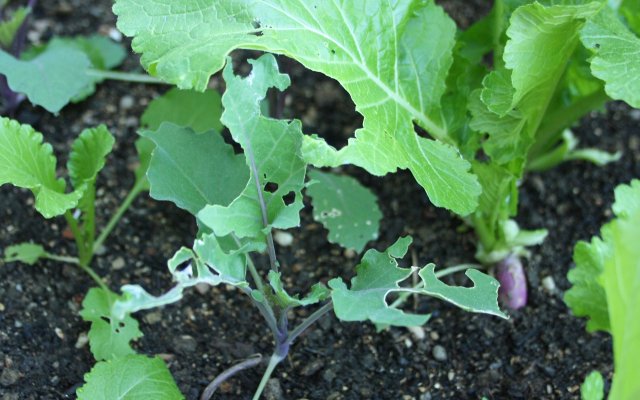
You have probably noticed that there are points in the garden where you can find snails quite often:
- in the compost
- in decaying plant remains
- under pots or saucers
- under stones
- under tarpaulins or weed fleece
All these places have two things in common: the slugs are safe from predators and cannot dry out. You can take advantage of this. Search these places for snails – then you don’t have to build a snail trap yourself. If you can’t think of such a place or it’s too tedious for you, you can create artificial traps.
A good snail trap should have these characteristics:
- humid
- cool to warm
- absolutely dark
- no draught

This material is particularly suitable:
- Roof tiles
- Clay shards
- Wooden boards
- Foils
- weed fleece
- flat large stones
- flower pots and planter boxes
Attractants
To make the self-made snail trap even more effective, you can lay out weak attractants
- leaves of dandelion or leaf lettuce
- carrot peelings
- strawberry cuttings
- young leaves from the garden
Avoid strong attractants like beer or yeast. They can attract slugs from over 100 yards away. By doing so, you would usually even attract additional slugs from the surrounding area to your own garden.
How to use your homemade slug trap
- Spread a few slug traps around your garden.
- Check the slug traps in the morning and evening.
- Collect the snails from the snail traps.
- Take the snails to a safe place at least one kilometer away from your garden.
Build your own snail trap: Wood in the garden
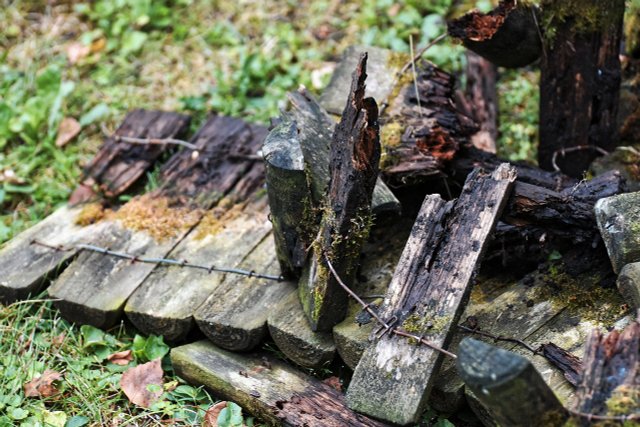
Look for snails in the garden is very troublesome. During the day they hide from the sun and are hardly visible.
If you build good snail traps yourself, the snails will gather in these places. You can remove them and put them in a safe place where they can’t do any more damage to your garden.
Old rotten wood is very good for building a snail trap:
Scatter rotten wood around the garden. Choose shady or semi-shady places.
Put some attractants like carrot peels or lettuce leaves under the wood – ready is the self-made snail trap.
The snails will hide under the wood so they don’t dry out in the sun. You can collect them in the morning and in the evening.
Wood as a snail trap in the vegetable patch
Line the paths from your vegetable patch with wooden slats.
The snails will hide under the wooden boards and you will only have to collect them.
Build your own snail trap from rhubarb leaves
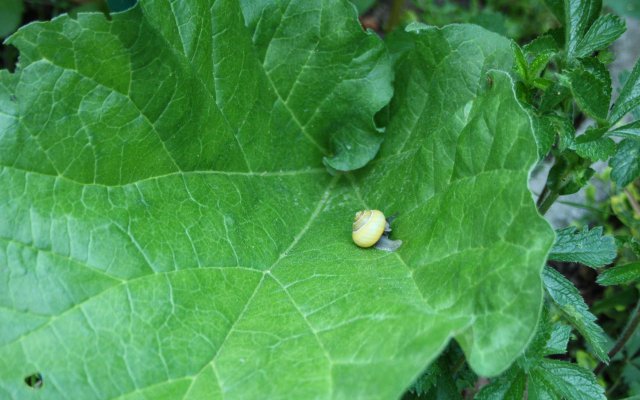
Rhubarb is a very powerful vegetable that takes up a lot of space in the garden because of its large leaves. Slugs feel very comfortable under the shady leaves, which is why the vegetable attracts many of them.
You can take advantage of this feature as a snail trap:
- Harvest rhubarb from your garden as usual.
- Cut off the large leaves with a small remnant from the rhubarb stem. One inch is all you need.
- Lay out the rhubarb leaves as a homemade slug trap in a few shady spots in your garden.
- The snails will crawl under the leaves and all you have to do is collect them.
Tagettes flower as a snail trap
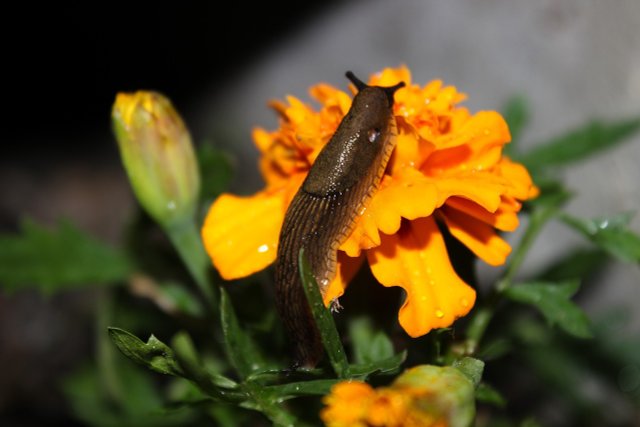
Some plants are special attractions for slugs, while other plants do not seem to be so tasty to them. To protect the beloved plants, the so-called sacrificial bed strategy is a good option. Here, you don’t have to build a slug trap yourself, just grow certain plants.
This is how the sacrificial bed strategy works
- Create a bed for the snails with plants they particularly like.
- The snails prefer their favorite plants and leave the other plants in peace.
- However, this strategy only works if the number of snails is manageable.
- In so-called slug years, the pests eat everything due to their large numbers. It is therefore very important that you reduce the slugs in your garden.
Tagettes flower as an attraction for snails
The leaves and colorful flowers of the student flower are very popular with snails. You can use this fact as a slug trap to protect your vegetable plants:
Frame your vegetable patch with a strip of marigolds to protect lettuce and other vegetables from slugs.
The slugs will stay with the marigolds because of their preference, and the vegetable bed behind them will be protected.
Collect the snails daily in the morning and evening.


